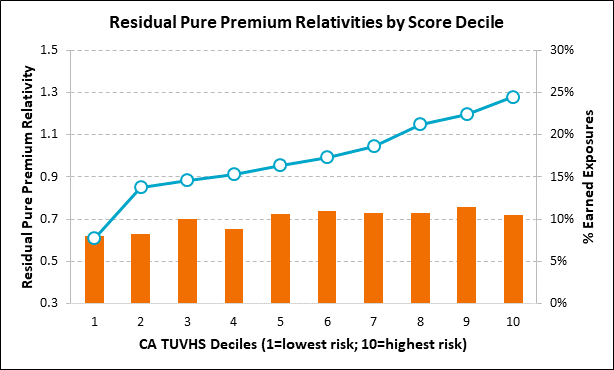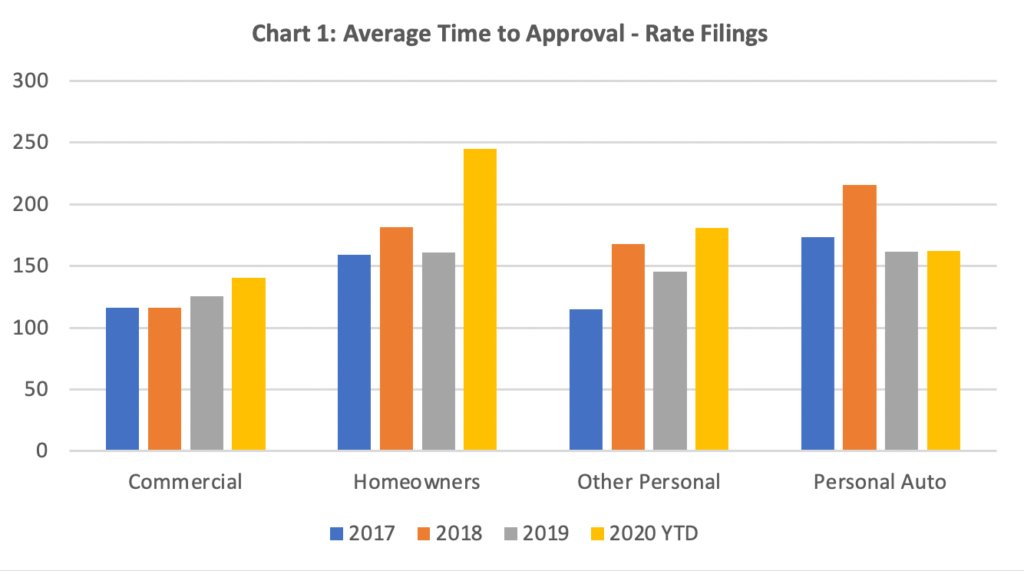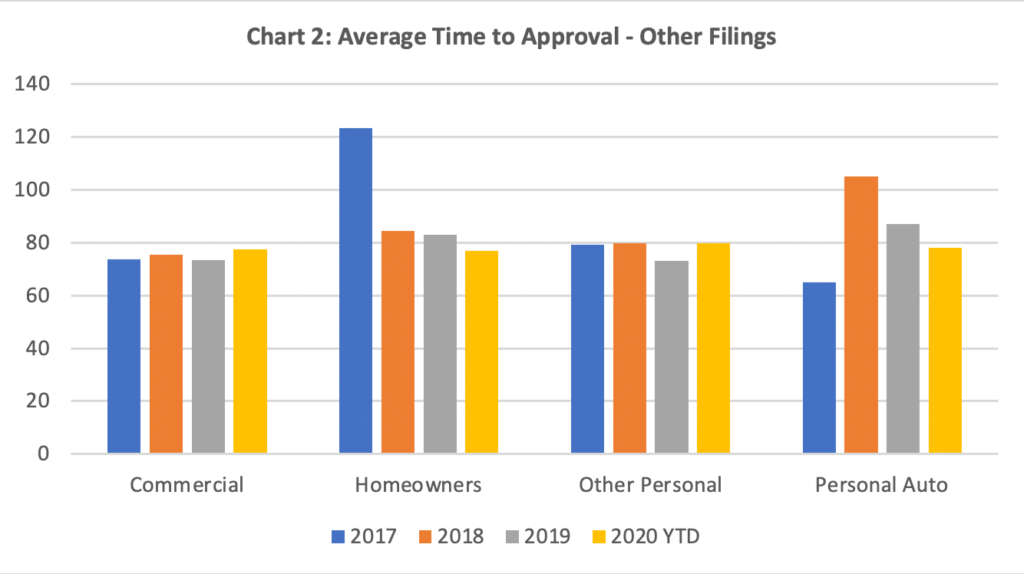Underwriters and actuaries are under constant pressure to meet demands for increased efficiency and innovation. Though there are more data sources than ever, determining how best to balance data insights with underwriter expertise remains a challenge.
Where should risk management teams direct their focus?
How can underwriters achieve consistency?
Workers’ compensation presents unique complexities. With regulatory processes and large risk rating options that vary by state, workers’ compensation pricing creates an additional gauntlet of details that even experienced underwriters may struggle to manage. The need for comprehensive documentation means underwriters today are facing an uphill battle: how to efficiently make meaningful use of data to improve judgement, not cloud it.
In order for an underwriter to effectively do their job, they need automated workers’ compensation tools that provide quality benchmarks helpful for schedule rating credits and debits, retrospective rating, and large deductible plans. These insurance-specific tools help underwriters and insurance entities improve efficiency and provide data-driven documentation for compliance.
Here are three areas where automation can be a game-changer.
Large Risk Schedule Rating
Because large risks are big enough to be schedule rated, underwriters have ranges available to develop premiums. Large Risk Schedule Rating tools are a comprehensive, data-driven solution that can be utilized to assist underwriters with schedule rating debits and credits. These tools provide the following key features:
- Consistency with company’s approved program
- Insights on a particular risk relative to the average risk contemplated in the bureau rates
- Data-driven results for underwriters
- Built-in documentation
Retrospective Rating
For risks who elect to have their premiums based on their actual loss experience during the term, underwriters will need to determine the initial premium and all the necessary parameters that will apply at future adjustments.
Retrospective Rating tools help support workers’ compensation underwriters in the following ways:
- Calculate the basic premium for retrospectively rated policies
- Allow for flexible user inputs
- Comply with plan rules and company guidelines
- Provide built-in documentation
Large Deductibles
Large Deductible tools provide benchmarks to supplement underwriter judgment and include documentation for the underwriter’s files. Below are some advantages of using this automated solution when developing large deductible workers’ compensation plans:
- Ability to develop multi-state large deductible premiums
- Ensure compliance with approved plan rules and company guidelines
- Availability of built-in documentation
Automation Tools Support Underwriters
Underwriters are essential to risk evaluation. Their experience, discretion and judgment are an important part of the process. These automation tools use data to inform underwriters on the risk and allow them to focus on the aspects of their job that require their expertise. Additionally, they provide a level of control and consistency to workers’ compensation underwriting that offers peace of mind in the event of an audit or other examination.
Workers’ compensation pricing will always remain an important task for underwriters. However, smart automation puts another helpful tool at their disposal.
Perr&Knight’s Automation Tools
During our decades of actuarial consulting for the insurance industry, Perr&Knight’s experts have built workers’ compensation rating tools for the industry with all the features mentioned above. We have also added custom configurations unique to each program and jurisdiction so that the tool is consistent with approved rules and company guidelines.
In addition to tailoring the tools for each program, our actuarial consulting teams can update the tools to track alongside industry approvals and workers’ compensation metrics. Our experts are also on-hand to add new enhancements as programs change. These updates ensure the tools keep pace with industry experience.
Contact the experienced actuarial support teams at Perr&Knight to discuss how automation can support your workers’ compensation rating process.















